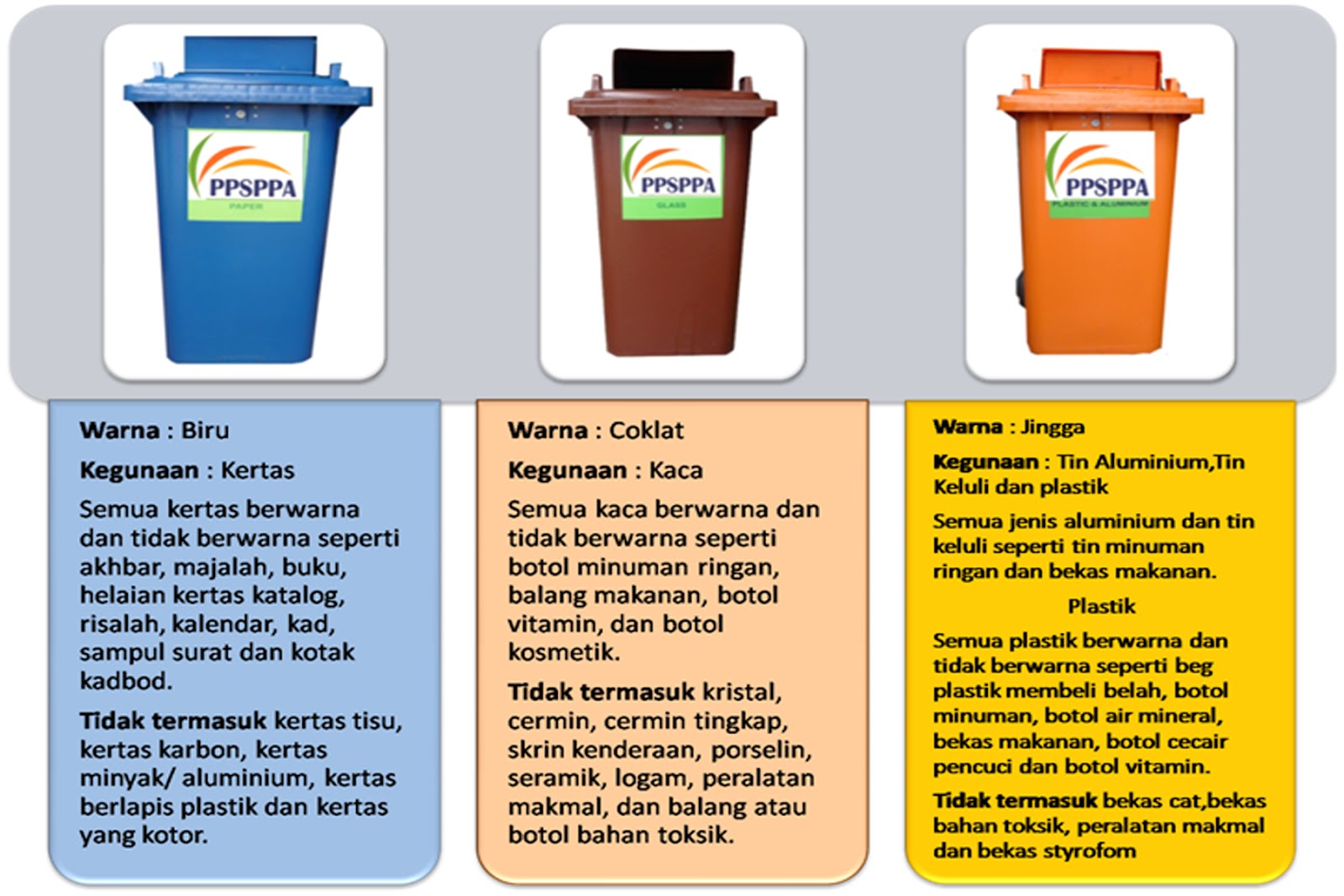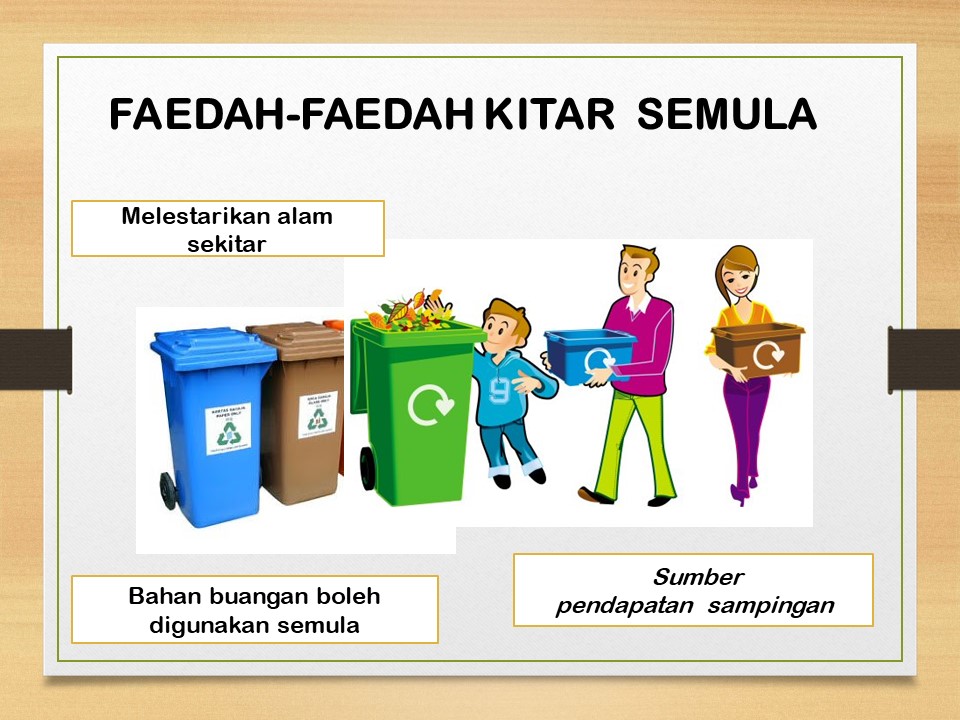Sweden's Recycling Revolution: A Model for Sustainable Living
Imagine a country where garbage bins are practically obsolete, and even the act of throwing something "away" feels like a distant memory. This isn't a scene from a futuristic utopia, but rather a glimpse into the present-day reality of Sweden. With a recycling rate consistently exceeding 99%, Sweden has earned its reputation as a global leader in sustainable waste management. But how did this small Scandinavian nation achieve such remarkable success, and what lessons can the rest of the world learn from their innovative approach?
Sweden's journey towards becoming a recycling powerhouse began decades ago, driven by a growing awareness of environmental issues and the finite nature of natural resources. This shift in mindset led to the implementation of progressive policies and infrastructure designed to promote waste reduction, reuse, and recycling. Today, Sweden's sophisticated system goes far beyond simply separating paper and plastic. The country has embraced a circular economy model, transforming waste into a valuable resource used to generate energy, create new products, and even fuel public transportation.
The success of Sweden's recycling program can be attributed to a combination of factors, including a strong sense of social responsibility, effective legislation, and widespread public awareness. From an early age, Swedish citizens are educated on the importance of waste sorting and the environmental impact of their consumption habits. This commitment to environmental stewardship is reinforced by comprehensive legislation that incentivizes recycling and imposes strict regulations on waste disposal.
One of the cornerstones of Sweden's waste management system is its emphasis on producer responsibility. This principle holds manufacturers accountable for the entire lifecycle of their products, including their eventual disposal. As a result, companies are incentivized to design products with recyclability in mind, using eco-friendly materials and minimizing packaging. This approach has led to a decrease in overall waste generation and fostered a culture of sustainability within the business sector.
Furthermore, Sweden has made significant investments in its waste management infrastructure, developing advanced recycling facilities and technologies. These facilities are capable of sorting and processing a wide range of materials, including complex items like electronics and hazardous waste. The country also boasts an extensive network of recycling stations and collection points, making it convenient for residents to dispose of their waste responsibly. This comprehensive approach has effectively eliminated the need for landfills, a testament to the effectiveness of Sweden's commitment to sustainable waste management.
Advantages and Disadvantages of Sweden's Recycling System
| Advantages | Disadvantages |
|---|---|
| Reduced Landfill Waste | Potential for Contamination |
| Resource Conservation | Dependence on Public Cooperation |
| Job Creation in the Recycling Sector | Cost of Maintaining Infrastructure |
Best Practices for Implementing Effective Recycling Programs
While replicating Sweden's success exactly might seem daunting, there are key takeaways that can be applied globally:
- Clear and Consistent Guidelines: Simplify sorting rules and make them accessible to all.
- Education and Outreach: Invest in public awareness campaigns to highlight the benefits of recycling.
- Producer Responsibility: Implement legislation that holds manufacturers accountable for their products' end-of-life.
- Accessible Infrastructure: Ensure convenient and widespread access to recycling facilities.
- Continuous Innovation: Support research and development of new recycling technologies.
Examples of Sweden's Recycling Initiatives
- Waste-to-Energy Plants: Incinerating non-recyclable waste to generate electricity and heat.
- Deposit-Return System: Incentivizing beverage container returns with a small deposit fee.
- Textile Recycling: Developing methods to recycle and repurpose old clothing and textiles.
- Food Waste Reduction Programs: Encouraging composting and promoting sustainable food practices.
- Construction Waste Recycling: Reusing and recycling materials from demolished buildings.
Challenges and Solutions in Recycling
Even Sweden, with its remarkable progress, encounters ongoing challenges:
| Challenge | Solution |
|---|---|
| Contamination of recyclables | Improved public education on proper sorting |
| Evolving materials (e.g., bioplastics) | Investing in adaptable recycling technologies |
| Global waste trade complexities | Stronger international regulations and collaboration |
FAQs about Recycling in Sweden
1. Is it true that Sweden imports waste?
Yes, to fuel its waste-to-energy plants. However, this is strictly regulated, and only non-recyclable waste is imported.
2. What happens to items that cannot be recycled in Sweden?
A very small percentage deemed unrecyclable is incinerated for energy.
Tips for Effective Recycling
- Rinse containers to prevent contamination.
- Break down cardboard boxes to save space.
- Learn your local recycling guidelines as they may differ.
Sweden's journey stands as a powerful testament to what can be achieved when a nation unites to address environmental challenges. Their dedication to responsible waste management serves as an inspiration and a roadmap for others to follow. By embracing the principles of circularity, investing in innovation, and fostering a sense of collective responsibility, we can collectively strive towards a world where waste is minimized, resources are valued, and the well-being of our planet remains at the forefront of our actions.
Tablas de multiplicar de stitch fun multiplication for kids
Trailer brake reverse mayhem why your trailer brakes are locking up
Unlocking mexico your guide to the mapa de mexico y sus estados con nombre

amalan kitar semula di sweden | Innovate Stamford Now
amalan kitar semula di sweden | Innovate Stamford Now

amalan kitar semula di sweden | Innovate Stamford Now
amalan kitar semula di sweden | Innovate Stamford Now

amalan kitar semula di sweden | Innovate Stamford Now

amalan kitar semula di sweden | Innovate Stamford Now

Pengurusan Sisa Langkah Langkah Mengurangkan Kesan Pembuangan Sisa | Innovate Stamford Now

amalan kitar semula di sweden | Innovate Stamford Now

amalan kitar semula di sweden | Innovate Stamford Now

amalan kitar semula di sweden | Innovate Stamford Now

amalan kitar semula di sweden | Innovate Stamford Now

amalan kitar semula di sweden | Innovate Stamford Now

amalan kitar semula di sweden | Innovate Stamford Now

amalan kitar semula di sweden | Innovate Stamford Now

amalan kitar semula di sweden | Innovate Stamford Now